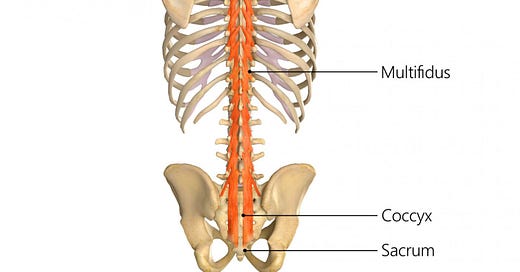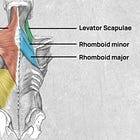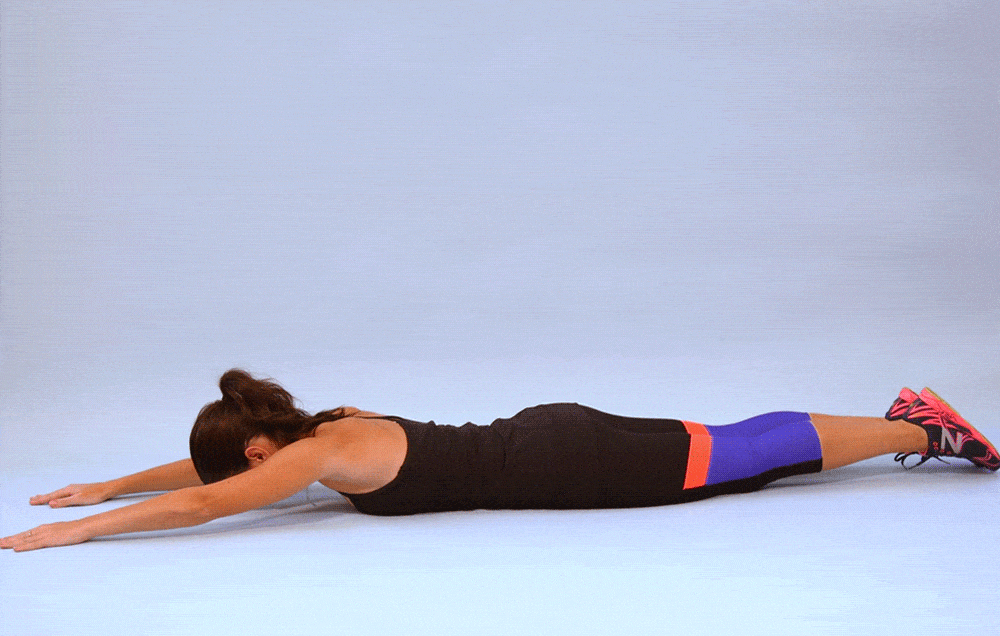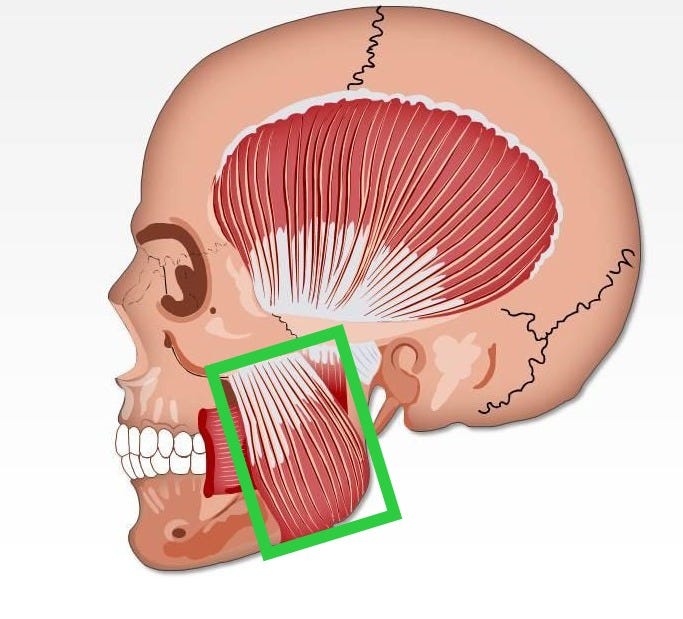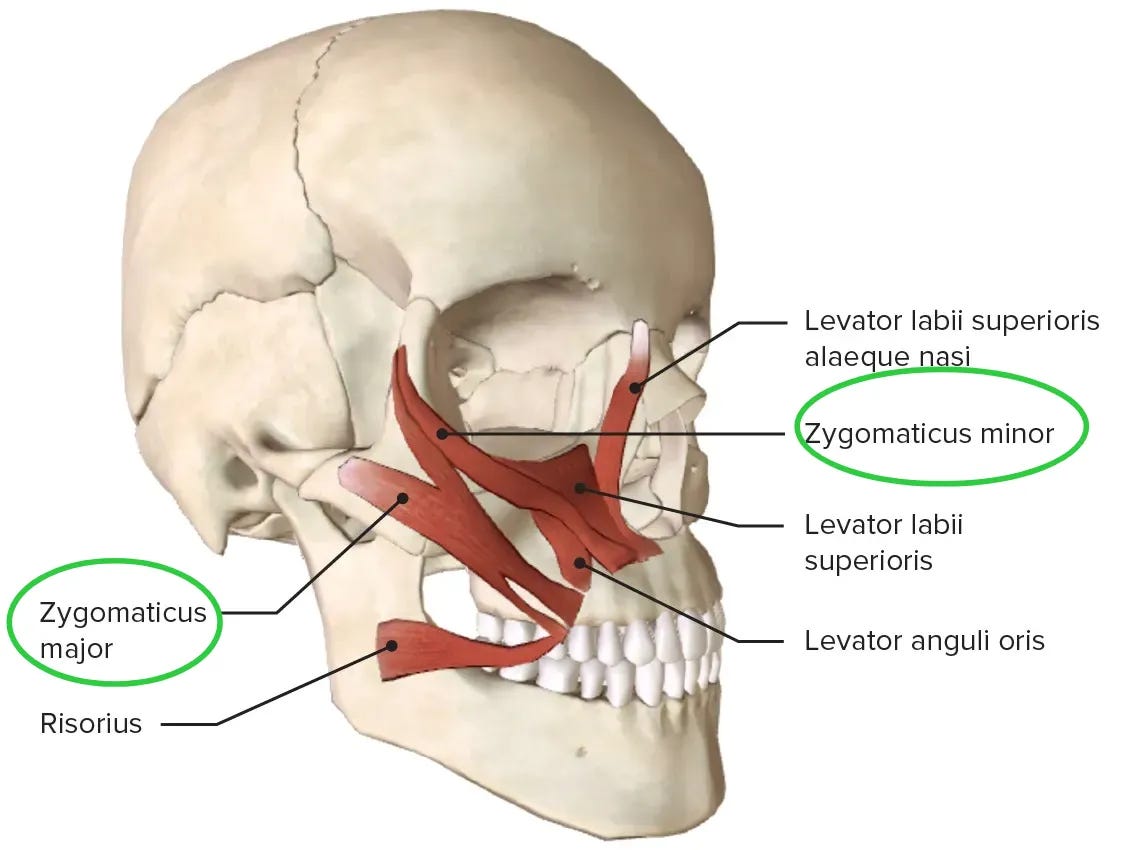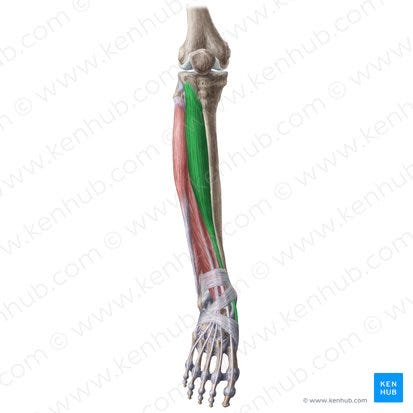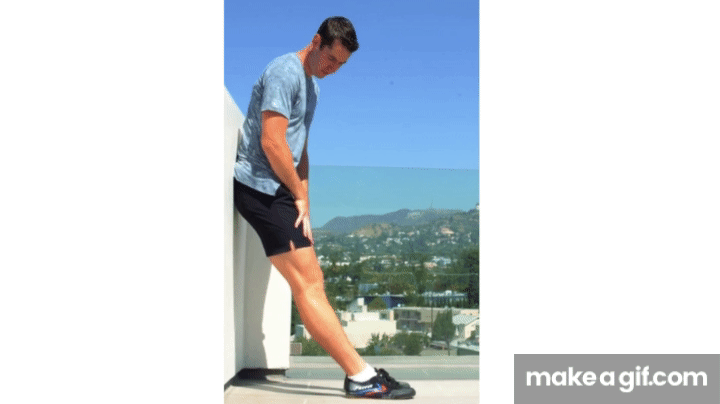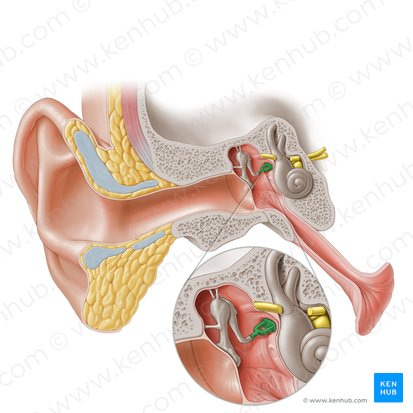For the past few months, every Monday, we have looked at some of the major muscles in the body: Where they are located, why they are important, what tends to go wrong, and how they can be strengthened. Today, we look at some bonus muscles. They aren’t necessarily as large, or even as well known, but I’ve chosen them because I feel that they’re interesting and underrated.
After today, we shall move our weekly focus towards Workout Wednesday. Paying subscribers will also gain early/exclusive access to bonus newsletters on a variety of topics, from common dietary supplements to exercise misconceptions. If you’d like access to these, hit the button below to upgrade from $5 or £3.50 a month.
Housekeeping
Last week’s newsletter on the superficial back muscles can be found on the link below. You can also access the whole library of this Muscle Monday series by tapping or clicking here.
You can access my other materials, including my FREE guide: 20 Habits to Change Your Life. If you want to access this, tap or click here.
A reminder:
You can get 10% off your Awesome supplements by using the code ‘EZEP’ at checkout. More information can be found at the bottom of the page.
The bonus muscles
In this section, I shall outline some underrated muscles, their trivia, actions and functions. I think they are pretty cool! The structure shall be slightly different from our typical newsletter, but all the information will remain there!
Lumbar Multifidus
Location
The multifidus muscle is one that we skipped over when looking at the muscles of the trunk and back. The muscle is incredibly long, running alongside the spine from the neck to the sacrum and is vital for the stability of the spine.
Function
Since the muscle exists on both sides of the spine, it can induce different actions depending on whether just one side contracts, or whether both do:
Contraction of just one side can result in rotation of the spinal column.
Simultaneous contraction of both sides (bilateral contraction) can result in the extension of the spinal column.
It is considered to be continually working to maintain correct posture when standing, walking and during any form of upright locomotion.
It is vital for the stability of the lumbar spine (lower back).
Strengthening
Weak multifidus muscles are associated with lower back pain. This tends to be as a result of poor posture, sedentary lifestyles, and the ageing process. Anti-rotation and spinal extension exercises tend to work the multifidus well. These include bird-dogs, and the Superman exercise.
The masseter
Location
The masseter gets its name from the main purpose to which it serves: mastication, or chewing. It has both deep and superficial portions and sits around the jaw.
Function
As mentioned, the masseter is the primary muscle responsible for chewing. Due to this, it is often overlooked that this muscle is one of the strongest in the body. In fact, pound for pound, this muscle is stronger than any other.
It is mainly responsible for the elevation of the mandible (lower jaw), acting to bring the teeth together and ‘close’ the jaw.
Strengthening
Due to its location and prominence, some recent fitness trends have led many individuals to seek a more defined masseter muscle in a bid to improve their jawline. This oftentimes involves either chewing on an instrument, or ‘mewing’, but there is little-to-no evidence that this is effective and certainly not an effective use of free time. I’ll be buggered if I’m going to spend my spare time sucking my tongue to the roof of my mouth!
The zygomaticus major and minor
Location
The zygomaticus muscles are facial muscles which join onto the zygomatic bone in the face.
Function
These two muscles work together to bring the top lip up and widen the corners of the mouth. Put simply, these are our smiling muscles (or grimacing muscles, but I prefer to be positive)!
Strengthening
We really don’t need to worry about strengthening the zygomatic muscles. Naturally, they will be stronger in individuals who smile more often, but sadly this isn’t a vital function, although it would be nice if it was!
Tibialis anterior
Location
The tibialis anterior muscle, as the name suggests, runs down the front (anterior) of the tibia bone. It runs from just below the knee, all the way down to the base of the first metatarsal.
Function
The tibialis anterior is primarily responsible for ankle dorsiflexion and foot inversion (see the image below this segment). In short, these are the movements which point the toes toward the sky and the inward rotation of the sole toward the midline of the body.
Strengthening
If you’ve ever been running or walking and felt a pain down your shin, you may know this as ‘shin splints’, otherwise known as ‘medial tibial stress syndrome’. It is characterised by pain down the path of the tibialis anterior muscle and is caused by either a repetitive stress of the muscle due to overtraining, or a sudden increase in training intensity, duration or overall stimulus.
It is important to note that managing the training load and strengthening the entire calf complex are the best bets if looking to avoid shin splints. Just training the tibialis anterior won’t help a huge amount. Therefore, I would recommend weighted single-leg calf raises, as well as as weighted ‘tib’ raises to combat this.
The Stapedius
Location
The stapedius is the smallest skeletal muscle in the body and is located in the ear, where it attaches to the stapes or ‘stirrup bone’. It is a whopping 1mm in length!
Function
Naturally, this muscle aids with the transmission of vibrations and noise into the middle ear. It is protective and contracts to ‘lower the volume’ of excessive noises as they travel down the ear.
Strengthening
Hopefully, it goes without saying, but you don’t need to try to specifically train a 1mm muscle in your middle ear!
However, the ear is also the home of the vestibular system, which is key for balance. If you’d like to learn more, take a look at my newsletter on balance training by accessing the link below.
Thank you all so much for your continued support and reading of these weekly newsletters. If you think of a muscle group that you would love to hear about, then either send me a message or leave a comment, and I will happily revive the series for you!
The next free newsletter will be out on a Wednesday, and will be the first in the Workout Wednesday series. I hope it is just as popular as this series has been.
See you there!

